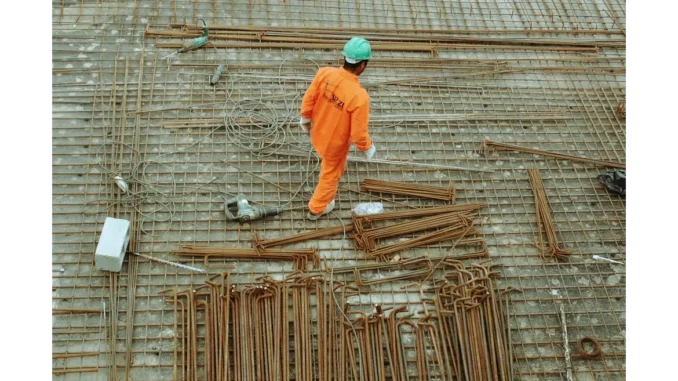
The construction industry has long been synonymous with traditional brick-and-mortar techniques, methods that have stood the test of time. Nevertheless, as our world rapidly advances, the call for more efficient and effective building practices grows louder. To explore this evolution, I recently had the privilege of speaking with Laura Thompson, a seasoned project manager at a prominent construction firm, who shared her invaluable insights on Modern Methods of Construction (MMC).
Successful low-energy building design hinges on careful planning. Focus360 Energy can help.
Meeting Laura in a bustling city café, her enthusiasm for MMC was immediately evident. She greeted me warmly, her firm handshake and radiant smile setting the tone for a conversation that would delve deep into the innovative realm of modern construction techniques.
“Modern Methods of Construction refer to a suite of innovative building techniques designed to surpass traditional methods in efficiency and effectiveness,” Laura began, her passion unmistakable. “These methods aren’t merely about accelerating the building process; they’re about building smarter, more sustainably, and with greater precision.”
As we settled into our discussion, Laura detailed the various approaches encompassed by MMC, such as modular construction, panelised systems, and 3D printing. Each method, she explained, offers distinct advantages that address the persistent challenges the construction industry faces.
“Consider modular construction,” Laura elaborated. “This technique involves constructing sections of a building off-site in a controlled factory environment. Once completed, these modules are transported to the construction site and assembled like building blocks. This approach significantly reduces construction time and minimises waste, thanks to the precision and quality control afforded by the factory setting.”
Laura’s explanation vividly illustrated how modular construction can streamline the building process. However, she was quick to stress that MMC is not a universal solution. The success of these methods hinges on selecting the right approach for each specific project.
“Take panelised systems, another popular MMC approach,” Laura continued. “In this method, wall, floor, and roof panels are prefabricated off-site and then assembled on-site. This technique offers flexibility in design and can be particularly advantageous for projects with complex architectural requirements.”
Our conversation then turned to the transformative potential of 3D printing in construction. “Although 3D printing is still in its nascent stages, its promise is immense,” she noted. “Imagine printing entire building components using specialised printers. This could revolutionise construction, enabling the creation of intricate designs with unparalleled precision.”
Despite the clear advantages, Laura acknowledged the challenges associated with adopting these new methods. “One of the biggest hurdles is the need for a skilled workforce,” she said. “Traditional construction workers require retraining to work with these new technologies, necessitating time and investment.”
Yet, Laura remains optimistic about the future of MMC. She shared several success stories from her projects, highlighting the significant impact of these methods. “We recently completed a housing development using modular construction, and the results were remarkable,” she said. “We finished ahead of schedule, the build quality was exceptional, and the residents were thrilled with their new homes. Moreover, we managed to significantly reduce our environmental footprint.”
Sustainability stands as a key driver behind the adoption of MMC, as Laura emphasised. “Traditional construction methods can be quite wasteful, both in terms of materials and energy consumption,” she explained. “MMC, however, allows us to be more resource-efficient. By building in a controlled environment, we can minimise waste and ensure materials are used more effectively. Additionally, many MMC techniques are designed with sustainability in mind, incorporating energy-efficient features and renewable materials.”
As our conversation wound down, Laura reflected on the broader implications of MMC for the construction industry. “We’re at a pivotal moment,” she said thoughtfully. “The world is changing, and so must our approach to building. Embracing MMC is not just about staying competitive; it’s about creating a better future for everyone. It’s about building homes and infrastructure that are not only functional but also sustainable and resilient.”
Leaving the café, I felt inspired by Laura’s vision for the future of construction. Her insights had provided a comprehensive understanding of Modern Methods of Construction and their potential to reshape the industry. It is evident that MMC offers a pathway to more efficient, effective, and sustainable building practices. With passionate advocates like Laura leading the charge, the future of construction indeed looks promising.


Be the first to comment